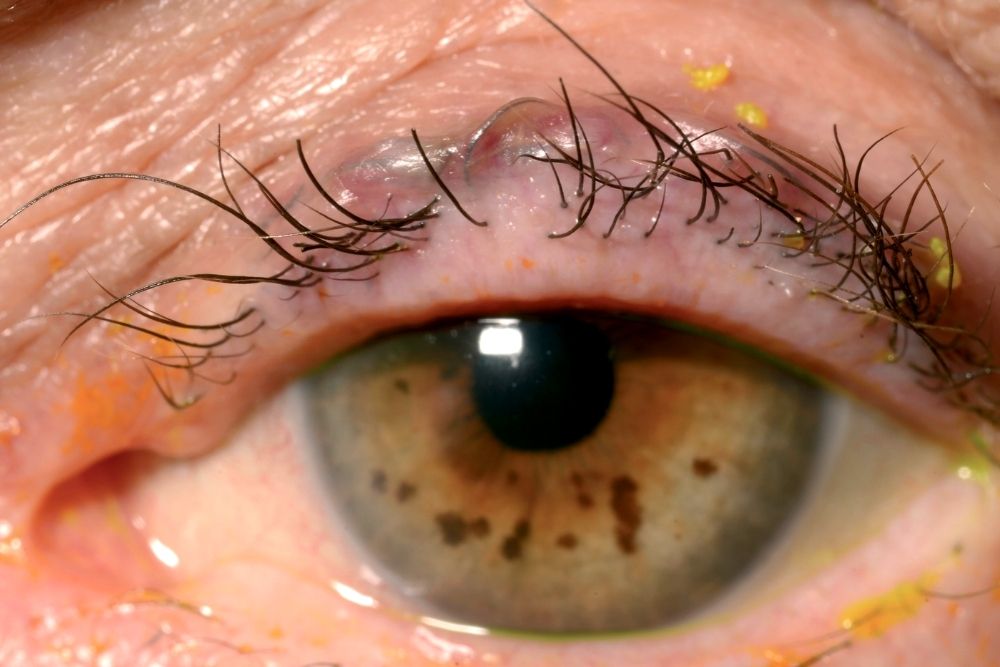Excessive watering of the eye is called epiphora or tearing. This is a condition wherein there is too much production of tears. Tears are essential to keep the surface of the eye healthy with clear vision. However, too much tears can make it difficult to see and could be a potential danger for activities like driving
Epiphora can happen at any age but is more common in babies under 12 months or elders over 60 years old. Luckily, a watering eye can typically be treated effectively.

Causes
The two primary causes of watering eyes are blocked tear ducts and excessive production of tears.
Overproduction of tears. Irritated eyes are prone to produce more tears as the body tries to flush the irritant away. Chemicals like fumes and even onions can cause the eye to tear up. Conjunctivitis, eye injury, trichiasis (inward growth of eyelashes), and ectropion (outward turning of the lower eyelid) may also cause over-production of tears as a protective mechanism of the eyes.
Blocked tear ducts. Newborns commonly have watery eyes that clear up after a few weeks as their tear ducts develop. For adults, some have tear ducts that are too narrow which could be caused by inflammation or they could be blocked. If tear ducts are narrowed or blocked, the tears may build up in the tear sac which could lead to infection. The eye will then produce more sticky liquid in response to the infection, making the problem worse.
Some people have tears with high fat or lipid content that could interfere with the balanced spread of liquid across the eye. This could leave dry patches that may lead to soreness and irritation that causes the eye to produce more tears.
Other causes of epiphora are:
- styes, lump on the eyelid
- keratitis, a corneal infection
- corneal ulcer, an open sore on the eye
- dry eyes
- allergies
- a problem with Meibomian glands in the eye
- use of certain medications

Treatment
The right treatment option relies on the severity and cause of the problem is. In most cases, watery eyes go away on its own in a matter of hours. However, some cases may be recurring and could interfere with daily activities. Different causes of epiphora require different treatment options:
Irritation: If epiphora caused by infection lasts more than a week, the doctor may prescribe antibiotics to kill the bacteria in the eye.
Blocked tear ducts: To allow the tears to bypass the blocked part of the tear duct, a dacryocystorhinostomy (DCR) can be done. This creates a new channel from the tear sac to the inside of the nose.
Trichiasis: The doctor will remove the inward-growing eyelash or any foreign object lodged in the eye.
Ectropion: A surgery may be done to tighten the tendon that holds the outer eyelid in place.
If the drainage channels on the inside of the eye are only narrowed but not entirely blocked, the doctor may widen it using a probe. However, a completely blocked drainage channel, or canaliculi, may require surgery.
For mild cases of watering eyes, it is best to give your eyes a break for a few hours and lubricate them with eye drops. You may also hold a warm, damp cloth over the eyelids and massage them to relieve any blockage.



